AO Edited
Albert Szukalski's Last Supper
Twelve plaster figures inspired by da Vinci's famed painting haunt the desert landscape above a real-life ghost town.
No, that isn’t a Death Valley-induced mirage.
The hillside below Daylight Pass, just beyond the ghost town of Rhyolite, is decorated by a congregation of menacing, hooded figures that strikingly resemble Death himself, huddling together against the desert’s void.
Conceived in 1984 by the late Belgian-Polish sculptor Albert Szukalski, “The Last Supper” beckons visitors to the Goldwell Open Air Museum like a demonic vision born of heat stroke and Satanic enchantment. Inspired by what he found to be a striking resemblance between the Mojave Desert and the Holy Land’s scenic vistas, the sculptor cast these twelve ghosts in an echo of Leonardo da Vinci’s painting of Christ’s Last Supper.
As always with both art and life, the Devil is in the details; Though arranged in a similar fashion, Szukalski’s figures are like an Opposite Day version of the original fresco. Rather than appearing to act out the final, vivacious moments of life, each is nothing more than a stark white cloak draped over nothing. The human figures they should contain are missing entirely. Similarly, the table at over which the figures seem to hover was omitted.
The piece’s reception was overwhelmingly positive, drawing crowds to this site in the middle of nowhere to see Szukalski’s creation. “The Last Supper” became the Goldwell Open Air Museum’s self-described “genesis piece,” without which the diverse array of work concurrently displayed on its 15 acres would not have been possible. As the Goldwell Open Air Museum expanded, so too did Szukalski’s contributions to the grounds (including “Ghost Rider” in 1984 and “Desert Flower” in 1989), even as other famed sculptors added their own works of varying styles to the landscape.
At the time of its completion in 1984, Szukalski anticipated his Fiberglas ghosts would last a mere two years in the harsh desert climate. Yet, in what have some have interpreted as a divine appreciation for art, the piece remains as present and spooky as ever. Though three figures were destroyed (and since refurbished) by either mules or vandals, “Last Supper” was noticeably spared the devastation wrought by a 2007 windstorm that destroyed several of the museum’s works, including Szukalski’s own “Desert Flower.” The ghosts in the desert continue to sit and wait for your arrival.
Community Contributors
Added by
Plan Your Trip
The Atlas Obscura Podcast is Back!









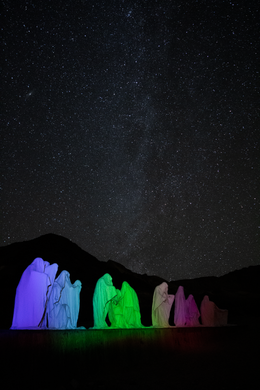


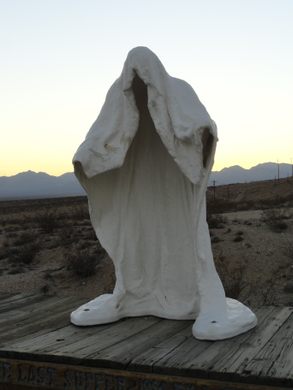


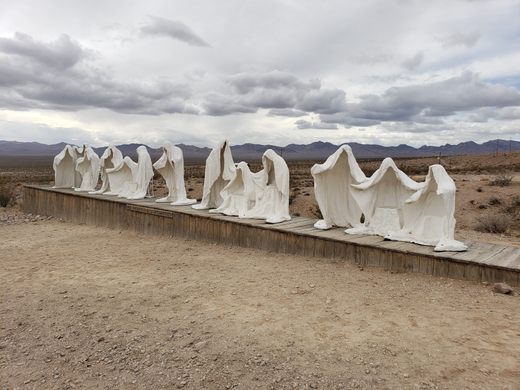



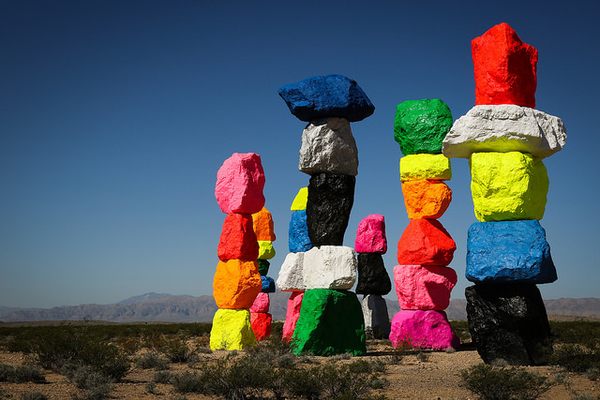
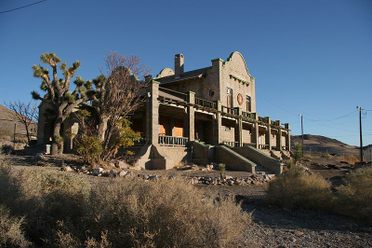















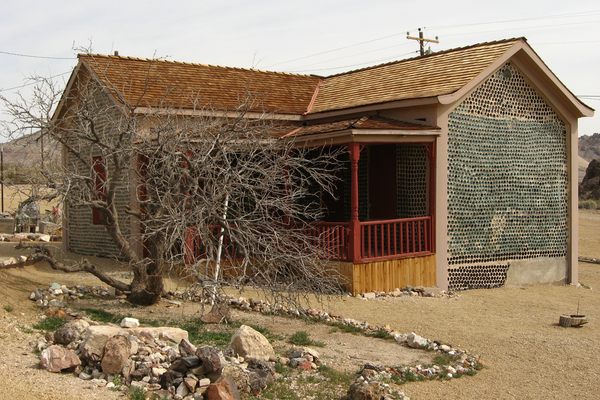



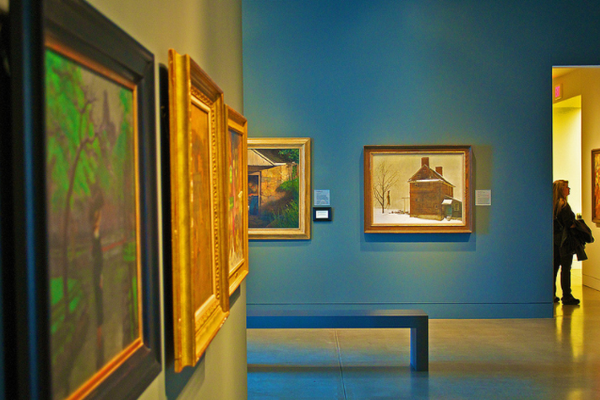





Follow us on Twitter to get the latest on the world's hidden wonders.
Like us on Facebook to get the latest on the world's hidden wonders.
Follow us on Twitter Like us on Facebook